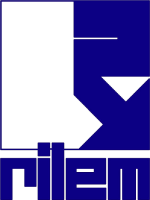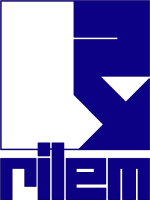Publications
Pro071
Investigation on chloride threshold level for corrosion of reinforcing steel in the saturated Ca (OH)2 solution simulating the electrolytic environments of concrete
Title: Investigation on chloride threshold level for corrosion of reinforcing steel in the saturated Ca (OH)2 solution simulating the electrolytic environments of concrete
Author(s): J. Xu, L. Jiang
Paper category : conference
Book title: The 50-year Teaching and Research Anniversary of Prof. Sun Wei on Advances in Civil Engineering Materials
Editor(s): C. Miao, G. Ye and H. Chen
Print-ISBN: 978-2-35158-098-1
e-ISBN: 978-2-35158-099-8
Publisher: RILEM Publications SARL
Publication year: 2010
Pages: 111 - 119
Total Pages: 9
Nb references: 15
Language: English
Abstract: The chloride threshold level for corrosion of the reinforcing steel in the chloride contaminated concrete has been investigated in a saturated Ca(OH)2 solution simulating the electrolytic environments of concrete. The experiment has been carried out by using an asreceived steel bar (HPB235) with a mill scale on its surface and adding gradually the chlorides in the solution. Combined open-circuit potential (Ecorr) with corrosion current (Icorr) obtained by electrochemical impedance spectra (EIS), the critical point of corrosion onset and the chloride threshold for corrosion of the reinforcing steel have been concluded.
The results indicate that the chloride threshold level for corrosion of the reinforcing steel is not a definite value, but a range, which in fact is determined by the stochastic nature of the process of steel corrosion. In present work, the obtained threshold level is 0.01 - 0.025 mol/L.
Moreover, for the first time, the donor densities of passivating films on the surfaces of asreceived steel bars has been concluded by Mott-Schottky and their variations with chlorides have been attempted to decide the chloride threshold level. A well-identical result has been obtained.
Online publication: 2010-04-22
Publication type : full_text
Public price (Euros): 0.00
>> You must be connected to view the paper. You can register for free if you are not a member





